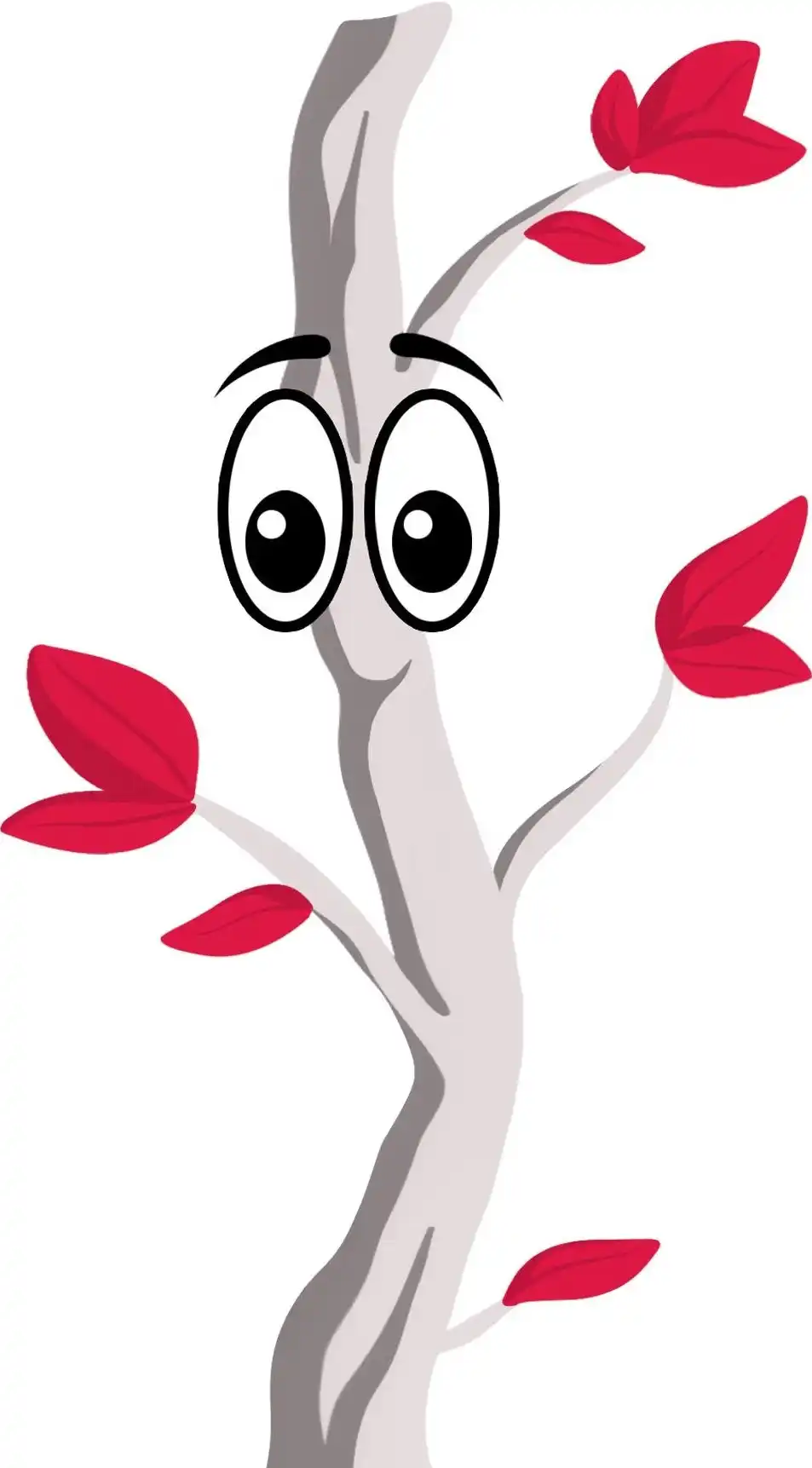New is not always better. More importantly, you don’t have to choose whether your business should spend all of its marketing budget on either traditional or digital marketing. Both are possible, as long as you can find the perfect mix.
Finding that mix, of course, can seem difficult. Depending on who you ask, you will get a different answer that emphasises either one or the other. In reality, the ideal formula is not set in stone, but depends on your competitive situation as well as your audience.
With that said, you can still follow a template to make sure you’re spending your marketing dollars wisely. Here are 6 steps you can take to find the perfect mix of traditional and digital marketing.
1) Understand Your Business
It might seem obvious, but bears mention nonetheless. You cannot determine your ideal marketing mix without an in-depth understanding of your business and the product or service it sells. This internal understanding and self-reflection should always come first.
In some cases, the conclusion seems obvious. Anywhere in the hospitality industry, where reviews have become increasingly important, digital marketing matters. But who’s to say that a hotel or other hospitality business cannot benefit from a postcard or print ad?
That’s why understanding your business is an important, but only a first step in your decision process. It helps you set the playing field for all of the below steps yet to come.
2) Study Your Audience
Your audience comes next. Do you know exactly who your current and ideal customers are? Once you understand their demographics, you can make more informed decisions on how to reach them in the most effective way possible.
Social media, for instance, has become popular across age groups. But only younger generations actually tend to use it for product and brand research. For their older counterparts, it serves as a way to connect with family and friends in a way that makes advertisements seem like an intrusion. On the other hand, print marketing is becoming increasingly less effective for younger consumers.
Age is not the only factor. Location, economic means, and other variables can also impact which types of marketing work best. Experienced and educated business professionals, for instance, are more likely to read industry publications than those of the same age but without a college degree.
Only an in-depth understanding of your audience can help you determine whether digital or traditional marketing should be your emphasis.
3) Set Your Marketing Goals
Your next step should be determining exactly what you want and need your marketing to achieve. Is brand awareness the goal, or are you looking for a quicker way of revenue generation? Are you positioning your product or service as the first in a new market, or the best in a crowded environment?
Your goal will shift the balance of traditional and digital marketing. Digital marketing is a perfect fit for conversion goals, linking directly to online stores and coupons that increase revenue quickly. Print marketing, on the other hand, tends to be more oriented toward brand awareness.
Again, it’s important to understand that regardless of your goals, you need both avenues. But just how you distribute that emphasis depends on what you ultimately want your marketing to achieve.
4) Find Integration Possibilities
Just as you shouldn’t choose one or the other, your marketing will be most effective if you don’t keep your digital and traditional efforts entirely separate. Instead, find ways to integrate them for maximum promotional success. Here are just some of the many options:
- Include social media mentions and opportunities on your print materials.
- Use social media to build buzz around an event or new product launch.
- Announce the impending arrival of a new direct mail piece via email.
- Use your digital channels to distribute coupons for brick and mortar stores.
The options are almost endless. Often, as you begin to integrate both digital and traditional, you will find opportunities that you didn’t know exist. Moz’s long-form analysis on the integration of digital and traditional marketing is a valuable read for any business looking to find the perfect balance.
5) Implement Digital and Traditional Tactics
At this point, it’s time. Based on all of the above four steps, begin to find the digital and traditional marketing tactics that work best for your needs, goals, and audience. Start by limiting yourself to 3-5 channels; you can always build out the marketing mix later, as you know what works and are comfortable in spending more.
You might wonder why actually implementing your marketing doesn’t become important until this late in the audience. There’s a reason for that.
When it comes to integrating digital and traditional, you have to be strategic. Because a print ad in a newspaper differs so much from a sponsored Snapchat filter, every channel choice should be made based on careful consideration.
6) Evaluate and Adjust to Find the Perfect Mix
Finally, never make the mistake of ending your strategic balancing of the perfect mix with the implementation of the tactics you think will work best. Everything you have done so far is based on estimation, prediction, and projection. That’s a great start, but you still need the numbers to back up your decisions.
Chances are that you’re looking to optimize your marketing for more than just a couple of months. That’s why evaluation of your channels becomes a crucial final step. Use customer surveys, digital analytics, and other mechanisms to find out just which of your marketing channels performs best, and deserves more resources in the future.
Through this evaluation, you can begin to make continuous adjustments. Based on the first four steps, you might have arrived at a 75/25 split of digital and traditional marketing spend. But what if your research shows that actually, 40 percent of your customers learn about you through direct mail or print? In that case, you might want to change your mix and priorities for increased future success.
Each of these steps, in isolation, probably makes sense to you. Most businesses who engage in marketing know their audience and have at least some evaluation methods in place. The key, then, is combining the individual steps toward a congruent, consistent, and successful strategy.
Neither digital or traditional marketing can survive completely on its own. To be successful, you need to be strategic.
Follow these 6 steps, and you’ll be sure to find a marketing mix that ideally reflects your business, customers, and marketing goals. And of course, you can always contact us for more help.









